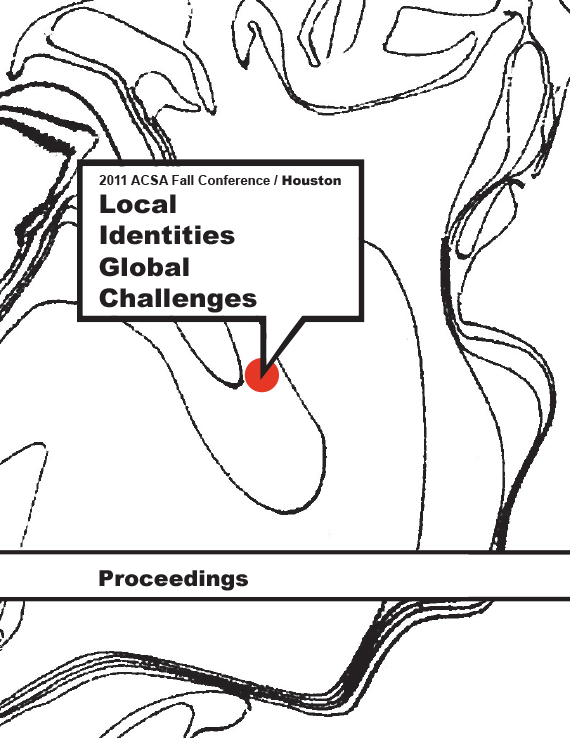Author(s): Phillip Gallegos
The profession of architecture has changed radically in the past 35 years. While constants remain such as design quality, composition, form articulation, and representation, the profession is under pressure to provide insight in human, economic and industrial processes. The world is becoming simultaneously more fluid with a desire for constants. Researchers of the profession (not academics) are pointing to a radically different profession with differing skill types required for survival of the profession. While the current study of architecture requires understanding context, the next generation must take a role in defining processes and establish new contextual understanding of design by engaging culture, material, and economics. This paper explores the potential for architecture and landscape architecture, as design professions, to define the development of an industrial large-scale reclamation by exploring the “site inherent” industrial process and exploring the re-purposing of grounds, buildings, and cultural/economic activities in association with adjacent neighborhoods. This paper explores, thru an architecture studio and related research, the potentials of a large-scale industrial era rail yard site in Albuquerque New Mexico. The educational objectives of this studio were to develop critical process and design skills in the assessment, and re-interpretation, of an industrial era material and cultural context. The exploration considers economic and community consequences, both historical and current. The questions of appropriate material re-utilization and re-interpretation were a central theme. Of equal importance is the community perception of gentrification and acceptance of re-purposed activities. The project is intended to be both macro and micro scale in its investigations with undertones of community organizing. The ultimate aim of this exploration is to question the traditional role of the design professions and an emerging potential for social/economic change that is not dependent on new technologies alone. This paper also will assert that architecture (along with fine arts) can become the new de-facto MBA.
Volume Editors
Ikhlas Sabouni & Jorge Vanegas

 Study Architecture
Study Architecture  ProPEL
ProPEL 
